PHYSICS BEHIND RUBBER TRIBOLOGY
- By 0
- May 04, 2020

By Sunish Vadakkeveetil, Mehran Shams Kondori, and Saied Taheri
Center for Tire Research (CenTiRe), Virginia Tech


Rubber, mainly because of its viscous nature, is a widely used material for most contact applications such as, seals, tyres, footwear, wiper blades, bushings etc. The material possesses the property of both a liquid (viscous) and a solid (elastic). Hence, rubber frictional losses at the contact interface is classified into three mechanisms as shown in Figure 1. Hysteresis (μ_hys ) – Energy dissipated due to internal damping of rubber caused by undulation in the surface. Adhesion (μ_adh ) – Due to intermolecular or Vander Waals attraction at the contact interface. It vanishes in the presence of contaminants or lubricants on the surface. Viscous (μ_visc ) – Due to hydrodynamic resistance caused by the fluid in the contact interface. It mainly occurs under the presence of lubricant or fluid in between the contact interface.




Friction as a concept has evolved, as shown in Figure 2 from a simple empirical relation, developed by Amonton’s (1699) and Columb (1785) to more complex representations by considering these different mechanisms of friction. Initial experimental observations by Bowden and Tabor [1] observed the microscopic behaviour of the contact and obtained that the real area of contact is only a part of the nominal contact area. Grosch & Schallamach [2] performed experimental observation to determine the influential factors and obtain a relation between temperature and velocity-dependent friction to frequency-dependent viscoelastic behaviour. Savkoor[3] considers the frictional losses due to adhesive mechanism at the contact interface using a rudimentary theory where the interaction is considered as a series of processes from the growth of contact area in the initial stage to initiation and propagation of crack in the final stage.
Heinrich [4] developed an analytical representation to estimate the hysteretic component of friction by considering the energy losses at the contact interface to the internal damping of rubber from the undulations of the surface. The energy loss thus obtained is related to the frictional shear stress by the energy relation given by Eq. (2).
ΔE=∫d^3 x dt u ̇ . σ (1)
σ_f=ΔE/(A_0 v t) (2)
Persson and Klüppel [5] extended the theory to consider the effect of the surface roughness by assuming the surface to behave as a fractal nature and obtaining the total energy loss being the sum over the different length scales. Klüppel considers the GW theory to consider the contact mechanics where Persson developed a stochastic based contact mechanics theory assuming the rubber deformations to follow the surface asperities, the results are as shown in Figure 3. To consider the actual deformation profile of rubber, an affine transformation approach [6] is considered to obtain the actual deformation of rubber contact. The results are as shown in Figure 4.


In addition to analytical methods, computational approaches are also considered to estimate deformation behaviour of a rubber block on a rough substrate (Figure 5). The numerical model [7] is validated using indentation experiment and compared against a single asperity model as shown in Figure 6. This is later being extended to obtain friction and wear characteristics of rubber at the contact interface by considering the deformations at the contact interface and obtaining the frictional force [5], [8].



Figure 6: FE Model Of Single Asperity Model & Comparison Of Results With Experimental & Analytical Approach
Wear is mainly due to the frictional shear stress generated at the contact interface leads to energy dissipation at the rubber – substrate contact interface that is either transformed into heat or responsible for crack initiation and propagation eventually leading to material removal. The major contribution of the wear occurs either due to the interaction of smooth asperity and rubber surface (adhesive wear), Figure 7 (a) instantaneous tearing of rubber by sharp asperities (abrasive wear), Figure 7 (b) or due to repeated cyclic contact stress (fatigue wear, Figure 7 (c)).
Due to the importance and complexity of the wear problem, it has been a vital topic of interest studied by many researchers [2]. Numerical techniques and empirical approaches have seen their light in the midst of the expensive and cumbersome experimental observations [9], [10]. Archard’s law states that “the volume rate of wear (W) is proportional to the work done by the frictional forces” as given by Eq. (3), where τ_f is the frictional shear stress and v is sliding velocity.
W∝τ_f v (3)




In the case of road surfaces, the removal of rubber particles can be considered as a process of nucleation and propagation of crack like defects until it is detached to form a wear particle, as shown in Figure 8. Based on this mechanism of crack propagation, a physics-based theory assuming the crack propagates (Figure 9 & Figure 10) from already present defects or voids on the rubber surface was considered and then later compared with experimental methods performed using Dynamic Friction Tester (Figure 11) [6], [11], [12]. Future studies are being performed using analytical and computational approached to estimate the wear characteristics of a rubber material considering damage mechanics [8] and crack propagation theory considering the effect of surface roughness. An experimental technique is also being developed based on the Leonardo Da Vinci concept to experimental test the friction and wear characteristics of a rubber block under pure sliding.
References:
[1] D. Bowden, F. P., & Tabor, The friction and lubrication of solids. Oxford university press., 2001.
[2] A. Gent and J. Walter, The Pneumatic Tire, no. February. 2006.
[3] A. R. Savkoor, “Dry adhesive friction of elastomers: a study of the fundamental mechanical aspects,” 1987.
[4] H. Gert, “Hysteresis friction of sliding rubber on rough and fractal surfaces,” Pochvozn. i Agrokhimiya, vol. 25, no. 5, pp. 62–68, 1990.
[5] S. Vadakkeveetil, “Analytical Modeling for Sliding Friction of Rubber-Road Contact,” Virginia Tech, 2017.
[6] A. Emami and S. Taheri, “Investigation on Physics-based Multi-scale Modeling of Contact, Friction, and Wear in Viscoelastic Materials with Application in Rubber Compounds,” Virginia Tech, 2018.
[7] S. Vadakkeveetil, A. Nouri, and S. Taheri, “Comparison of Analytical Model for Contact Mechanics Parameters with Numerical Analysis and Experimental Results,” Tire Sci. Technol., p. tire.19.180198, May 2019.
[8] S. Vadakkeveetil and S. Taheri, “MULTI – LENGTH SCALE MODELING OF RUBBER TRIBOLOGY FOR TIRE APPLICATIONS,” Virginia Tech, 2019.
[9] K. R. Smith, R. H. Kennedy, and S. B. Knisley, “Prediction of Tire Profile Wear by Steady-state FEM,” Tire Sci. Technol., vol. 36, no. 4, pp. 290–303, 2008.
[10] B. W. and R. N. D. Stalnaker, J. Turner, D.Parekh, “Indoor Simulation of Tire Wear: Some Case Studies,” Tire Sci. Technol., vol. 24, no. 2, pp. 94–118, 1996.
[11] A. Emami, S. Khaleghian, C. Su, and S. Taheri, “Comparison of multiscale analytical model of friction and wear of viscoelastic materials with experiments,” in ASME International Mechanical Engineering Congress and Exposition, Proceedings (IMECE), 2017, vol. 9.
[12] M. Motamedi, C. Su, M. Craft, S. Taheri, and C. Sandu, “Development of a Laboratory Based Dynamic Friction Tester,” in ISTVS 7th Americas Regional Conference, 2013.
Flexsys Develops First Viable Industry Alternative to 6PPD in Major Breakthrough for Tyre Chemistry
- By TT News
- December 02, 2025

Flexsys has created what it says is the tyre industry’s first practical and scalable alternative to 6PPD, marking a major step toward replacing a chemical used for decades but now under regulatory pressure.
The company said the new antidegradant is the result of several years of research and testing with federal laboratories, independent scientific groups and tyre makers. Early results show the material could match the performance and safety of 6PPD while avoiding the environmental risks linked to 6PPD-quinone, a transformation product identified in 2020.
Flexsys said the new chemistry provides the short- and long-term protection needed to stop tyres cracking or ageing. It is also designed to fit into existing rubber compounds with minimal changes, which could help manufacturers adopt it quickly. The company added that the product meets environmental and regulatory benchmarks, including criteria set by the Washington State Department of Ecology.
Importantly, the new molecule is not part of the “PPD” family, meaning it does not form quinone during use. Flexsys said this would remove the environmental impact associated with 6PPD-quinone. The company is also using many of the same intermediate chemicals already used in 6PPD production. This could allow manufacturers to rely on existing factory assets and speed the shift to the new technology.
“This achievement reflects our unwavering commitment to responsible innovation, built on decades of expertise in tire protection chemistry,” said Carl Brech, Chief Executive Officer of Flexsys. “Our solution is formulated to deliver the performance and reliability that tire makers expect and is designed for future environmental and regulatory standards.”
6PPD has been essential to tyre durability for 50 years. But studies published in 2020 showed that 6PPD-quinone could harm aquatic species, including coho salmon. Regulators and tyre producers have been looking for a safer option since then. Flexsys said its new antidegradant meets this challenge without reducing tyre safety.
“Our team set out to develop a next-generation antidegradant that meets the tire industry’s highest performance standards without compromising tire safety, while also reducing toxicity,” said Neil Smith, Chief Technology and Sustainability Officer. “I could not be more proud of the perseverance and dedication of the Flexsys R&D team. Our group has been highly motivated by both the technical challenges of this project as well as the positive societal impact that this work will ultimately have.”
Flexsys acknowledged support from the Sustainable Polymers Tech Hub in Akron, Ohio, part of the U.S. EDA Tech Hubs programme.
The company is now working on process optimisation to allow large-scale production. It is also in discussions with regulators around the world to secure approvals for commercial use. Testing with tyre makers is continuing.
“Flexsys is helping set the direction of the tire industry for the coming decades with this development,” Brech said. “We will continue to work tirelessly to bring this breakthrough to the market as soon as possible.”
Wacker, SICO Open China R&D Centre to Speed Rollout of Specialty Silanes
- By TT News
- December 02, 2025
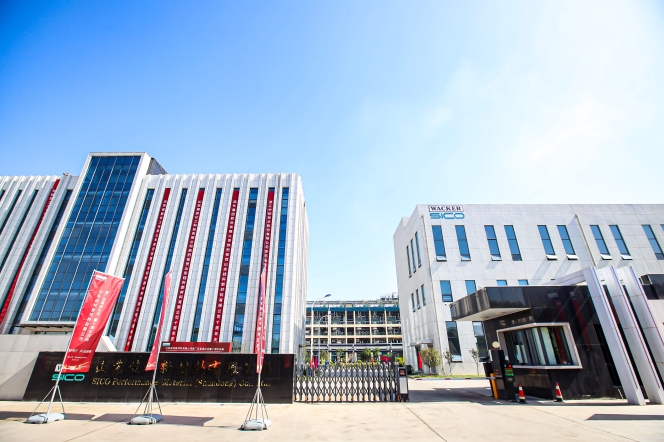
Wacker Chemie AG has strengthened its position in China’s fast-growing market for silicone specialities by opening a new application development centre with joint-venture partner SICO Performance Material in the eastern city of Jining.
The 2,300-square-metre facility brings together several laboratories focused on organofunctional silanes, which are used as high-performance additives in plastics, coatings and adhesives. By locating the centre next to SICO’s production and scale-up lines, Wacker aims to shorten development cycles and move new products into the market more quickly. The companies said investment in the site is in the mid-six-figure euro range.
Tom Koini, who leads Wacker’s silicones division, said the opening marks an important step in its China strategy. “As a provider of innovative silicone specialties and solutions, we can use this development center to achieve a key milestone for our business in China. Our focus is on high-margin specialty silanes, for which demand in China is rising continuously. This investment together with our partner SICO strengthens our presence and commitment to the region,” he said.
Wacker, which took a majority stake in SICO in 2022, is seeking to build a larger share of China’s specialty chemicals market, where demand for hybrid polymers has increased for years. These materials help improve the mechanical and chemical properties of adhesives, sealants, coatings and engineered plastics, all of which are used in sectors such as electric mobility, electronics and power equipment.
At the opening ceremony, SICO General Manager Kevin Qu called the centre an investment in the long term. “We can now pool all of our silane expertise here at our application development centre. This know-how ranges from chemical product properties and supply chain matters through to questions of process engineering and current marketing trends. We will leverage this in-depth knowledge to develop forward-looking innovations for our customers. This marks a new chapter of success in the history of our joint venture,” he said.
The companies said the centre will act as a link between research, technical service and manufacturing teams. Scientists will focus on developing additives, adhesion promoters and stabilisers based on organofunctional silanes and functional silicone fluids.
- Association of Natural Rubber Producing Countries
- ANRPC
- Natural Rubber
- Monthly NR Statistical Report
ANRPC Publishes Monthly NR Statistical Report For October 2025
- By TT News
- November 29, 2025
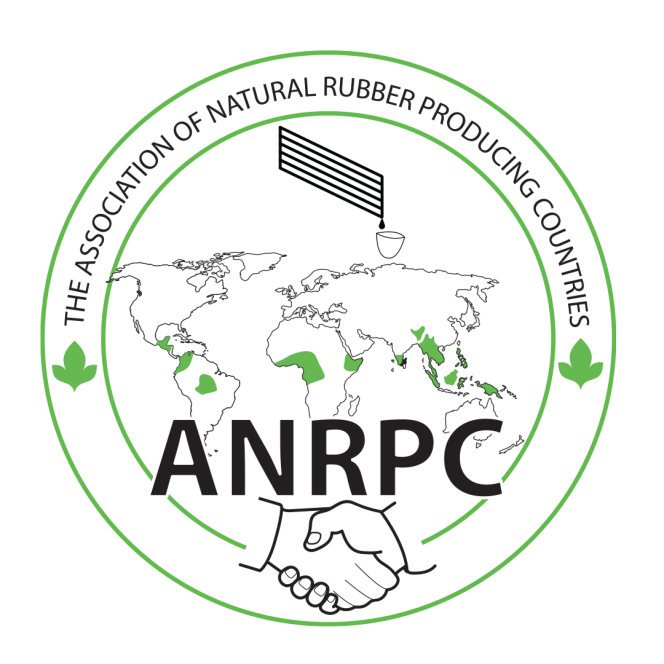
The Association of Natural Rubber Producing Countries (ANRPC) has released its Monthly NR Statistical Report for October 2025, providing an overview of key developments in the global natural rubber sector.
According to the report, the global natural rubber market in October was characterised by a distinct bearish trend in pricing. This decline can primarily due to a significant surge in production and export activities, which were initially stimulated by the higher prices seen earlier in the year. Meanwhile, overall demand has remained relatively subdued.
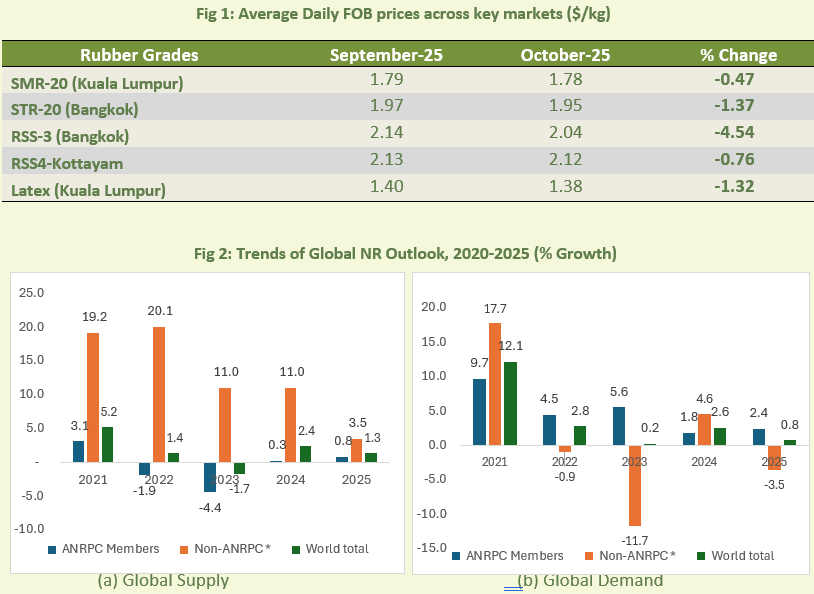
Looking ahead to the full year, projections indicate a modest 1.3 percent increase in global production for 2025, a figure that follows a recent downward revision for Indonesia. On the demand side, consumption is anticipated to grow by a slight 0.8 percent, influenced by an upward adjustment to Indonesia's consumption data. Despite the current price pressures, market sentiment shows some mixed signs of improvement, particularly within the tyre trade of certain specific markets.
DuPont Breaks Ground On Major MOLYKOTE Lubricants Plant In China
- By TT News
- November 28, 2025
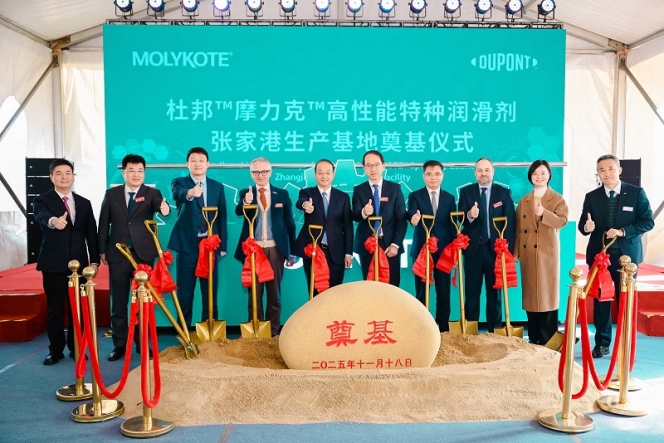
DuPont commenced construction on a new MOLYKOTE speciality lubricants production facility in Zhangjiagang, Jiangsu Province, East China, on 18 November 2025 with a groundbreaking ceremony that was attended by Senior DuPont leadership from the MOLYKOTE business and the Asia-Pacific region, alongside government officials and key customers. This strategic investment, situated within the Yangtze River International Chemical Industrial Park, is projected to be fully operational by the beginning of 2027. The initiative is a key component of the brand's global expansion, designed to significantly enhance its responsiveness to regional market needs and foster local innovation.
The new plant will primarily focus on meeting the robust and growing demand for advanced lubricant solutions across several critical sectors in China, including transportation, industrial manufacturing, energy and electronics. By establishing a local manufacturing presence, DuPont aims to create a dynamic platform for collaboration with regional customers. This will enable the company to deliver next-generation lubricants with greater speed, precision and agility, ultimately shortening lead times and strengthening supply chains.
The MOLYKOTE brand, with a legacy spanning over 75 years, is globally recognised for its expertise in solving complex lubrication challenges and improving energy efficiency. Its comprehensive product portfolio, which includes greases, oils, anti-friction coatings and pastes, serves the automotive and industrial maintenance, repair and overhaul markets worldwide. Supported by a global network of manufacturing and research facilities, the brand continues to build on its reputation for performance and reliability.
Eugenio Toccalino, Vice President and General Manager, DuPont MOLYKOTE, said, “Today’s groundbreaking is the beginning of a new chapter in our journey to better serve our customers in China, innovate faster and to be a partner of choice for solving wear and friction challenges across industries. This facility will boost local capabilities for application and new formulation development, empowering customer collaboration and response in real time.”
Yi Zhang, Global VP and Regional President, DuPont Asia Pacific, said, “We are thrilled to be breaking ground on the MOLYKOTE China production facility in Zhangjiagang. This manufacturing unit will enable us to address current needs and future trends for speciality lubricants. It reflects our confidence in the long-term potential of customers in China and Asia-Pacific region and reinforces our commitment to deliver faster, more resilient and locally tailored solutions.”


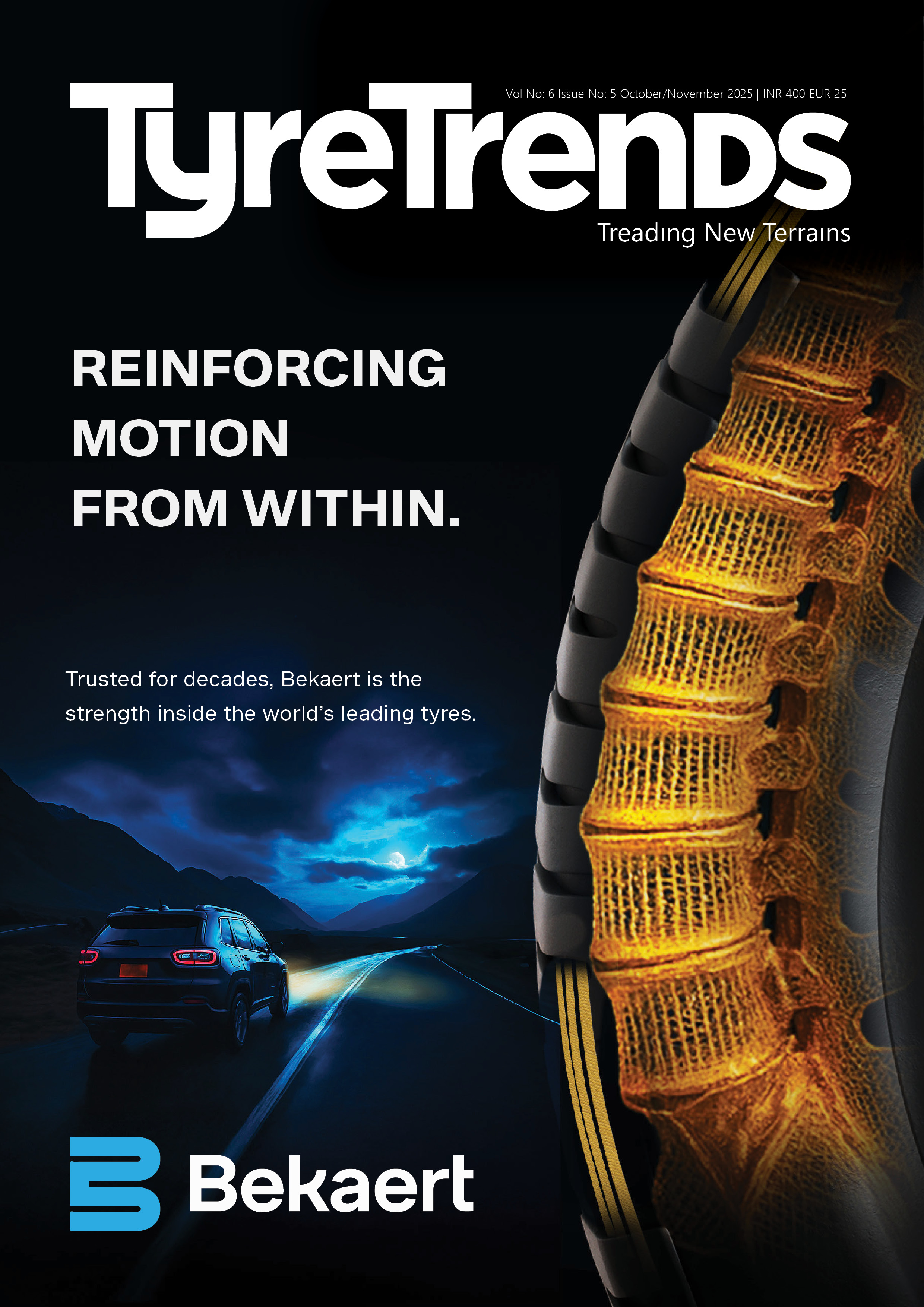




Comments (0)
ADD COMMENT